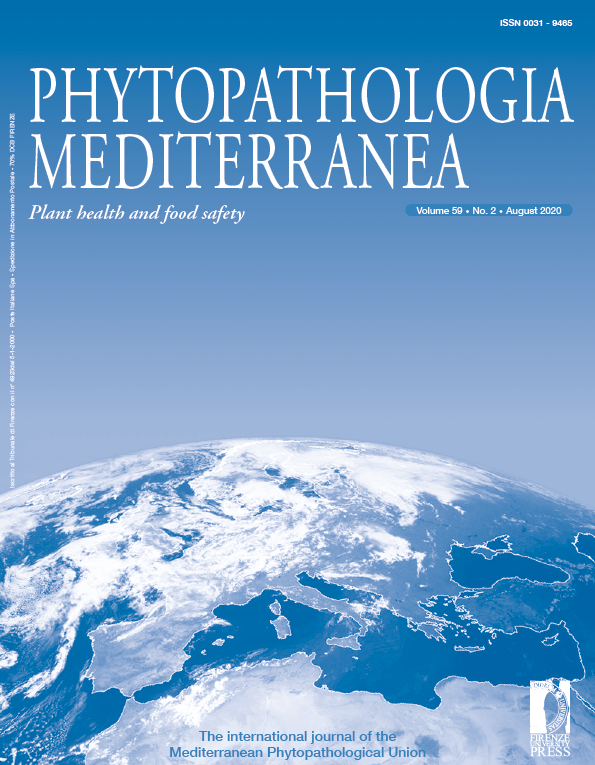Published 2020-07-18
Keywords
- Brassica napus,
- blackleg,
- multiplex PCR,
- ITS region
How to Cite
Abstract
The commonly occurring blackleg is an economically important disease in oilseed rape cultivation. This disease is caused by a complex of two closely related species, Plenodomus lingam and P. biglobosus. To date, only P. lingam (syn.: Leptosphaeria maculans) has been known in Hungary as the cause of blackleg in oilseed rape crops. The present study aimed to determine if P. biglobosus (syn.: Leptosphaeria biglobosa) was present in Hungary. The two fungus pathogens are difficult to distinguish using conventional morphological criteria. Reliable detection and differentiation of the two species can only be achieved using molecular methods. This is the first report describing the pathogen, P. biglobosus, in Hungary.






